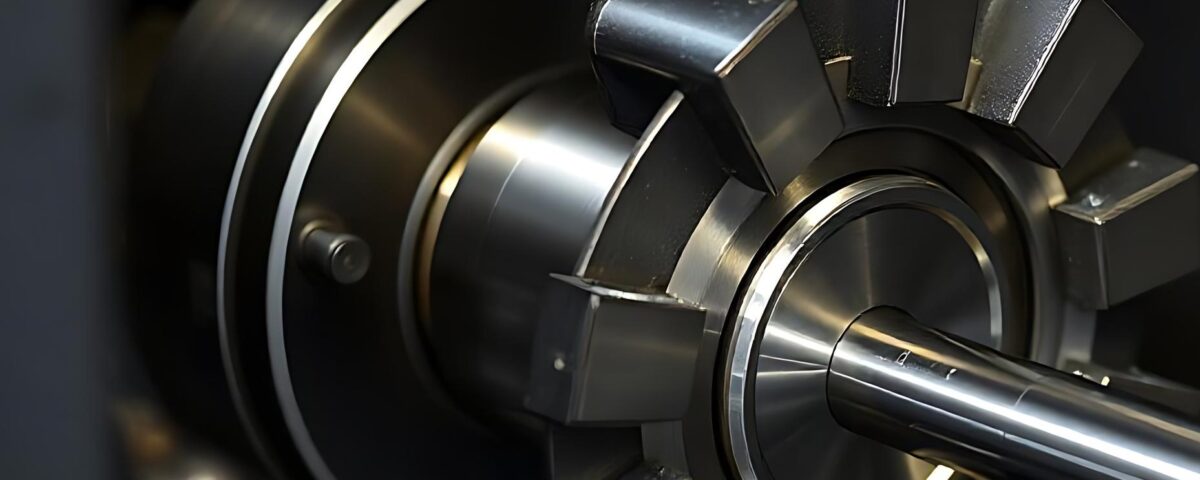Synergies in Precision Engineering: Dimensional Tolerance, Geometric Tolerance, and Surface Roughness Dynamics

The Benefits of Acrylic CNC Machining for Custom Projects
16 August 2024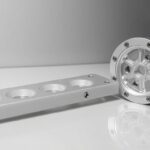
Acrylic Powder Coating: The Perfect Finish for Precision CNC Components
22 August 20241. The numerical relationship between dimensional tolerance, form and position tolerance, and surface roughness
1. The numerical relationship between form tolerance and dimensional tolerance
When determining dimensional tolerance accuracy, the form tolerance should have an appropriate numerical value. Generally, in most industries, the form tolerance value is about 50% of the dimensional tolerance value. However, in the instrument industry, it's about 20%, and in the heavy industry, it's about 70%. This means that as the dimensional tolerance accuracy increases, the proportion of form tolerance to dimensional tolerance decreases. Therefore, when designing and specifying dimension and shape tolerance requirements, it's generally beneficial to use 50% of the dimensional tolerance value as the form tolerance value, unless there are special circumstances. This approach is beneficial for manufacturing and quality assurance.
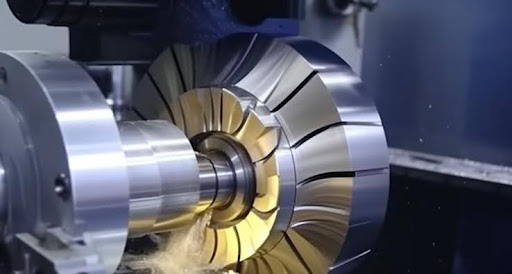
2. Numerical relationship between shape tolerance and position tolerance
There is a relationship between shape tolerance and position tolerance. Shape errors are caused by machine tool vibration, tool vibration, spindle runout, etc. Position errors are caused by non-parallelism of machine tool guide rails, non-parallelism or non-vertical tool clamping, clamping force, etc. Position error includes shape error of the measured surface. Position errors are much larger than shape errors. Under normal circumstances, position tolerance is given, and shape tolerance is not given. When there are special requirements, shape and position tolerance requirements can be marked at the same time, but the marked shape tolerance value should be smaller than the marked position tolerance value. Otherwise, parts cannot be manufactured according to design requirements during production.
3. Relationship between shape tolerance and surface roughness
Although there is no direct relationship between shape error and surface roughness in terms of numerical value and measurement, a certain proportional relationship exists between the two under specific CNC machining processing conditions. Based on experimental research, under general accuracy, surface roughness contributes to 1/5 to 1/4 of shape tolerance. To ensure shape tolerance, the maximum allowable value of the corresponding surface roughness height parameter should be appropriately limited.
In typical cases, the tolerance values for size tolerance, shape tolerance, position tolerance, and surface roughness follow this order: size tolerance > position tolerance > shape tolerance > surface roughness height parameter.
It is clear from the numerical relationship between size, shape, and surface roughness that the numerical relationship between the three should be coordinated and managed well during the design. When indicating tolerance values on drawings, the following rules should be followed: the roughness value of the same surface should be less than its shape tolerance value, the shape tolerance value should be less than its position tolerance value, and the position difference should be less than its size tolerance value; otherwise, it may lead to various manufacturing problems. However, the most critical aspect of design work is how to address the relationship between dimensional tolerance and surface roughness, as well as the relationship between various fitting accuracies and surface roughness.
Generally, it is determined according to the following relationship:
- When the shape tolerance is 60% of the dimensional tolerance (medium relative geometric accuracy), Ra≤0.05IT;
- When the shape tolerance is 40% of the dimensional tolerance (higher relative geometric accuracy), Ra≤0.025IT;
- When the shape tolerance is 25% of the dimensional tolerance (high relative geometric accuracy), Ra≤0.012IT;
- When the shape tolerance is less than 25% of the dimensional tolerance (ultra-high relative geometric accuracy), Ra≤0.15Tf (shape tolerance value).
The simplest reference value: the dimensional tolerance is 3-4 times the roughness, which is the most economical.
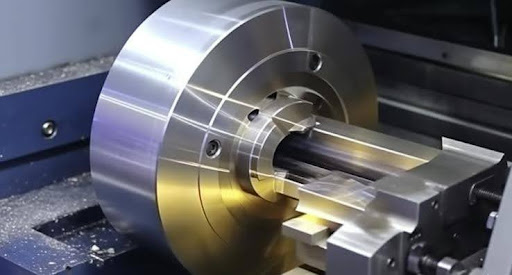
2. Selection of geometric tolerances
1. Selection of geometric tolerance items
Please ensure that the comprehensive control items are fully utilized to minimize the geometric tolerance and corresponding geometric error detection items as indicated on the drawings.
Select items that are easy to measure while meeting the functional requirements. For instance, radial runout tolerance can often replace coaxial tolerance. However, it's important to note that radial runout is a combination of coaxial error and cylindrical shape error. Therefore, when making the replacement, the runout tolerance value given should be slightly larger than the coaxiality tolerance value to avoid being too strict.
2. Selection of tolerance principles
The use of tolerances and the practicality and cost-effectiveness of implementing tolerance principles should be fully considered based on the functional requirements of the measured elements.
The independent principle is applied when dimensional accuracy and geometric accuracy requirements are significantly different and need to be addressed separately, or when the two are unrelated, to ensure accuracy of movement, sealing, and absence of tolerance issues.
The inclusion requirement is mainly used when strict matching properties need to be guaranteed.
The maximum entity requirement is used for the central element and is generally employed in cases where assembly requirements are non-negotiable (no matching property requirement).
The minimum entity requirement is primarily used when ensuring the part's strength and minimum wall thickness is crucial.
The reversible requirement is utilized in conjunction with the maximum (minimum) entity requirement to fully utilize the tolerance zone, broaden the range of the actual size of the measured element, and enhance efficiency. It can be selected without impacting performance.
3. Selection of datum elements
1) Selection of datum parts
(1) Choose the contact surface where the parts are placed in the machine as the reference part. For instance, this could be the bottom plane and side surface of the box, the axis of disk-like parts, or the supporting journal or hole of the rotating parts.
(2) The datum element must be large and rigid enough to ensure stable and reliable positioning. For instance, it is more stable to combine two or more axes that are far apart to create a common datum axis rather than using a single datum axis.
(3) Select a surface that is processed more accurately as the datum custom CNC milling part.
(4) Try to unify the assembly, processing, and inspection datums to eliminate errors caused by inconsistent data. This will simplify the design and manufacture of fixtures and measuring tools, making measurements easier.
2) Determination of the number of datums
In general, the number of data should be determined based on the orientation and positioning requirements for tolerance items. Most orientation tolerances only need one datum, while positioning tolerances may need one or more datums. For instance, for parallelism, perpendicularity, and coaxiality tolerances, typically, only one plane or axis is used as the datum. However, for position tolerance items, if the position accuracy of the hole system needs to be determined, two or three datum elements may be used.
3) Datum sequence arrangement
When selecting more than two datum elements, the order of the datum elements must be clearly specified and written in the tolerance frame as first, second, and third. The first datum element serves as the primary reference, and the second datum element serves as the secondary reference.
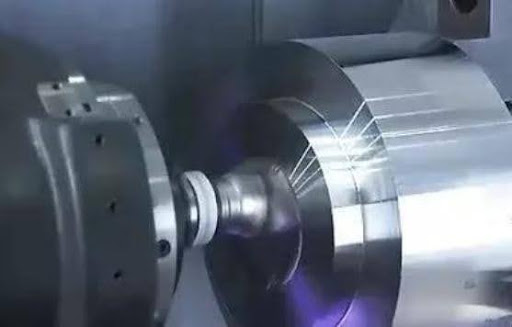
4. Selection of geometric tolerance values
General principle: Select the most economical tolerance value under the premise of satisfying the function of the part.
◆ Consider the tolerance value of the element according to the table, taking into account the economy of processing, and the structure and rigidity of the CNC custom machining part based on its functional requirements. Consider the following factors.:
◆ The shape tolerance given by the same element should be smaller than the position tolerance value;
◆ The tolerance value for the shape of cylindrical parts (excluding axis straightness) should be smaller than the size tolerance value. On the same plane, the flatness tolerance value should be smaller than the parallelism tolerance value with respect to the reference.
◆ The parallelism tolerance value should be smaller than its corresponding distance tolerance value.
◆ The approximate proportional relationship between surface roughness and shape tolerance: Usually, the Ra value of surface roughness can be taken as (20%~25%) of the shape tolerance value.
◆ For the following scenarios, due to the complexity of processing and the influence of other factors besides the main parameters, the selection is appropriately reduced by 1 to 2 levels while still meeting the requirements:
○ Hole relative to the shaft;
○ Slender and relatively large shaft and hole; Shaft and hole with a large distance;
○ Part surface with a large width (greater than 1/2 length);
○ Parallelism and perpendicularity tolerance of line to line and line to face to face.
5. Provisions for unindicated tolerances of form and position
You can simplify the drawing by choosing whether or not to specify form and position tolerances. These tolerances ensure the accuracy that can be achieved through general machine tool processing. If you don't specify tolerances for form and position, they will be implemented according to the rules in GB/T1184-1996. The general contents are as follows:
(1) Three tolerance grades of H, K, and L are specified for unindicated straightness, flatness, perpendicularity, symmetry, and circular runout.
(2) The unindicated roundness tolerance value is equal to the diameter tolerance value but cannot be greater than the unindicated tolerance value of radial circular runout.
(3) The tolerance value for cylindricity is not explicitly indicated and is determined by the roundness tolerance, element straightness, and relative element parallelism.
(4) The tolerance for parallelism should be determined by comparing the dimensional tolerance between the measured element and the reference element, and the shape tolerance (straightness or flatness) of the measured element. The larger of the two values should be used, and the longer of the two elements is considered as the reference.
(5) The unspecified coaxiality tolerance value is not specified. If necessary, the unspecified coaxiality tolerance value can be taken as equal to the unspecified circular runout tolerance.
(6) The specified or unspecified linear dimension tolerance or angle tolerance of each element controls all unspecified line profile, surface profile, inclination, and position tolerance values.
(7) The unspecified total runout tolerance value is not specified.
6. When using unspecified tolerance values specified in GB/T1184-1996, the standard and grade code should be indicated in the title bar or technical requirements when drawing representation of geometric tolerances.
If the working tolerance is not marked with the "Tolerance principle according to GB/T 4249" on the drawing, it should be implemented in accordance with the requirements of "GB/T 1800.2-1998".
If you wanna know more or inquiry, please feel free to contact [email protected].
Anebon's commission is to serve our buyers and purchasers with most effective good quality and aggressive hardware goods for Hot sale CNC machining shops, aluminum CNC parts and CNC machining delrin made in China CNC machining turning. Further more company, the trust is getting there. Our enterprise normally at your provider anytime.

